The universe has its black holes, and we who model in N scale have ours: black locomotives and rolling stock. The details are lost, especially if our layouts aren’t well lighted. Of course, black-painted models also occur in larger scales, and they’re a challenge there, also. The difference, though, is N scale’s small size. Surfaces are smaller and less in relief, making it more difficult to differentiate them. Put another way, there’s a lot less room for light to bounce around on the surface of an N scale model.
Carbon black cars. I’m going to illustrate this article with the ScaleTrains.com 5750- cubic-foot carbon black covered hopper car released a year or so ago. This is a beautiful model and fits my 1985 time period, so I bought two, knowing scarcely anything about the prototype they represent. The car is a specialized Airslide hopper built by Thrall in the 1970s.
Why haul carbon? Carbon black is a by-product of the petroleum industry, and so carbon black plants are located near oil refineries. Their product is nearly pure carbon, and about 80 percent of it is shipped to tire manufacturers. You’ve probably seen vintage automobiles in museums and noticed that the tires were a light cream color, the color of natural rubber. Adding carbon black, beginning around 1917, made tires black – but far more important, it made them 10 times more resistant to wear and also more heat resistant.
The remainder of carbon black production goes to makers of hoses, machinery belts, gaskets, and anything else made of rubber. Some is also used as pigment in inks and paint.
Carbon black car features. These cars are painted black because that’s the color they’d end up anyway. Carbon black can be a fine powder or granular, depending on the manufacturing process, and it tends to go everywhere and get on and into everything.
Dust is a huge problem in handling carbon, not only for the mess it can create, but also for the health risk of airborne particles. That’s why there are so many loading hatches on this model (22) and why they are small (16″ diameter), so as to accommodate smaller and tighter-fitting loading chutes.
The ScaleTrains.com model. The model features screw-mounted trucks and body-mounted couplers. Hooray! If I ruled the world, these would be standard on all N scale rolling stock. The model also features very nice metal wheels, another plus in my book.
Those three doo-dads on each side of the car are sampling spigots. Purity of the carbon is extremely important to manufacturers, and it’s tested before accepting a shipment. Carbon is quite caustic, and one problem can be rust from hatches and covers falling into the load. This can be solved by replacing the steel covers with ones made from plastic.
Bringing the detail to light. You can find many photos of carbon black hoppers on the internet, and due to the wonder of sunlight and the talents of the photographers, most appear a dark gray with the detail highlighted nicely. This was the look I wanted.
I began by removing the trucks so I could paint them separately and maintain their free-rolling quality. Then I covered the couplers with masking tape so as not to gunk them up.
Next I lightly sprayed the car with Testor’s Dullcote, using a rattle can. This is always a scary prospect, but a great timesaver. Make very rapid passes from about 18″ away and quit when you’re way ahead. The idea is that you’re adding a clear, slightly nubbly texture that will give later paint applications some tooth to grab.
I don’t know that this step was actually necessary, as the car has a rather flat finish to begin with, and the one I flat-coated looked about the same as the one still in the box. Still, it didn’t hurt, and I’m finding it necessary on other black models that are shinier.
Then I sprayed the car with Floquil SP Lark Dark Gray thinned 5:1 with Testor’s Universal Enamel Thinner. I was delighted with the result and could have stopped right there and been happy. Instead, I added a light dusting of road grit along the bottom of the car, using Floquil Earth.
Voilà! Another black hole has seen the light.





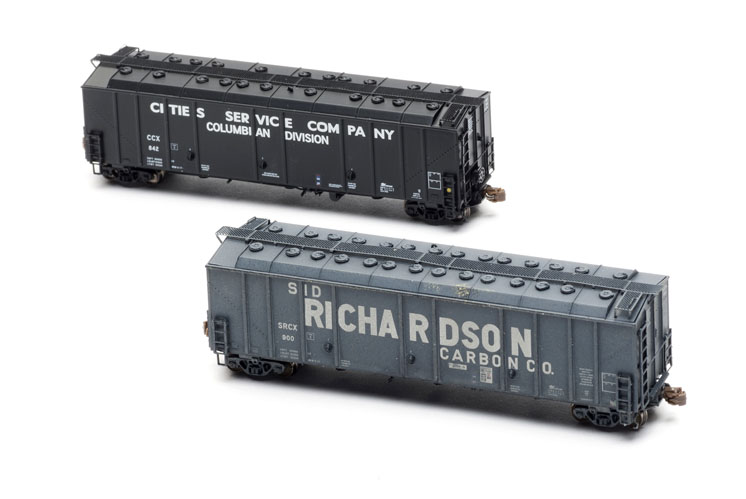

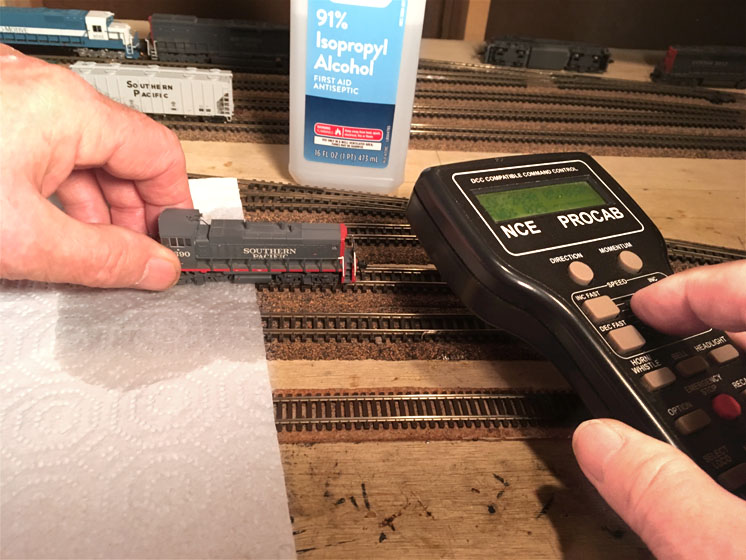
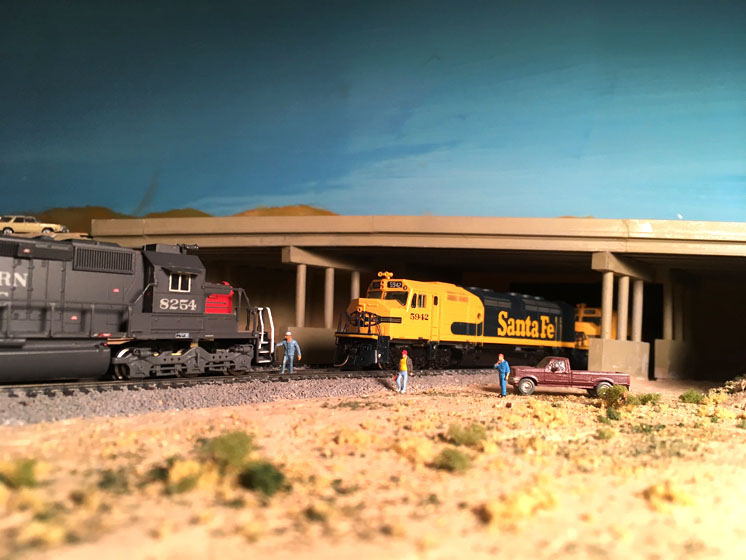
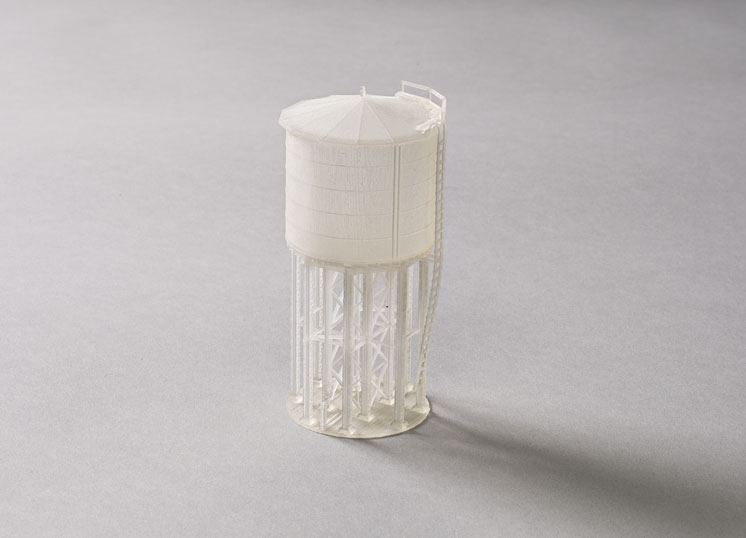
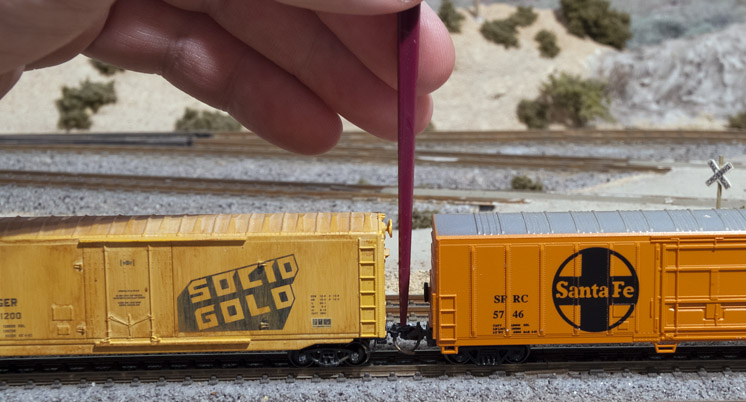




Good article Jim. I saw many of these on my runs to tire plants in Southern Illinois, and I always like to model what I’ve seen. I have a couple myself and weathered them very similar to your article. It sure helps bring out the details in ’em!
Jim, good article! I always look forward to your columns because I learn something from each one and they are always enjoyable to read. I have one of these cars and they are super nice for N scale.You are so right about carbon attaching to everything it touches. My daughter worked in as an engineer in a plant where carbon was used and it attached it’s self to her cloths and car seat and I’m sure her lungs also. She wasn’t there long and I was quite pleased when she moved on to another job.
Anyway, thanks again.